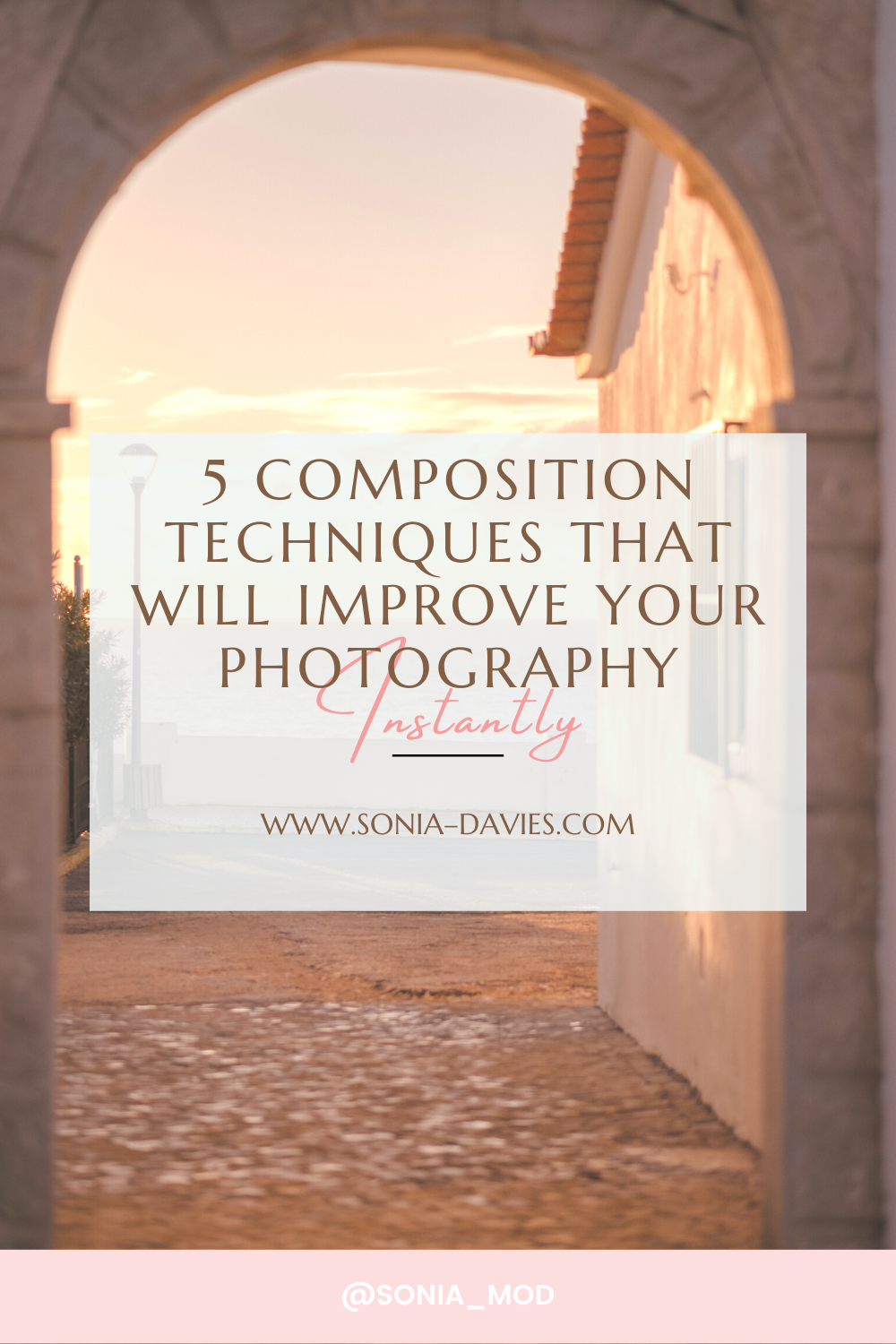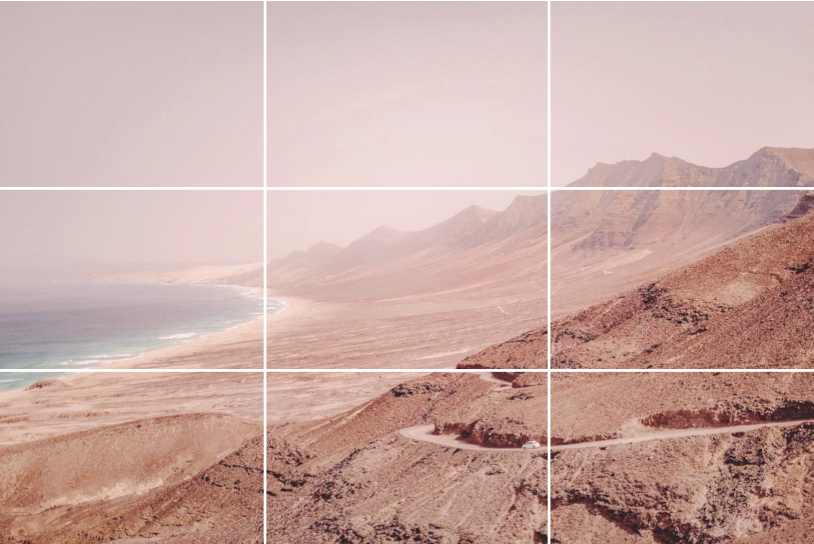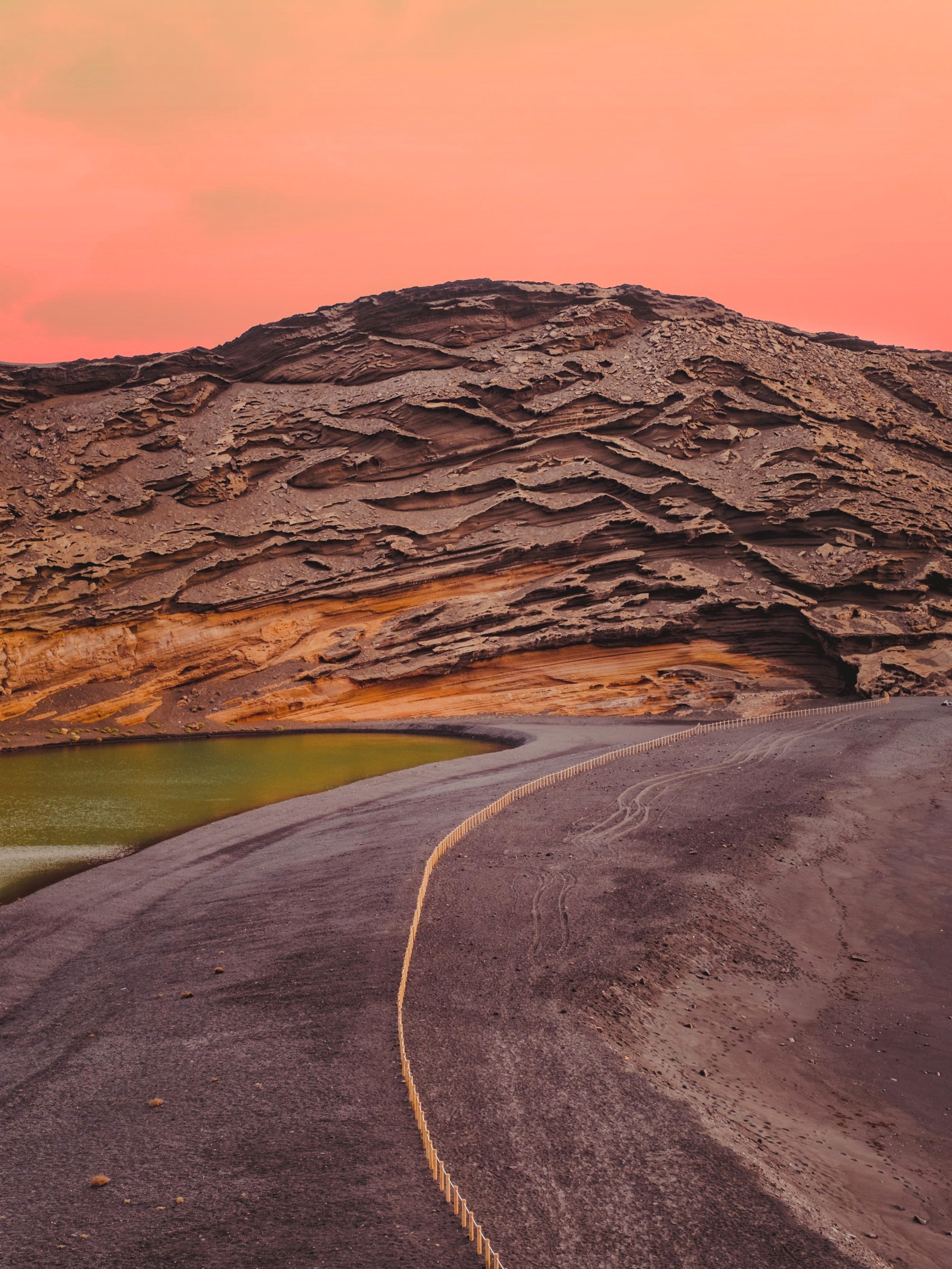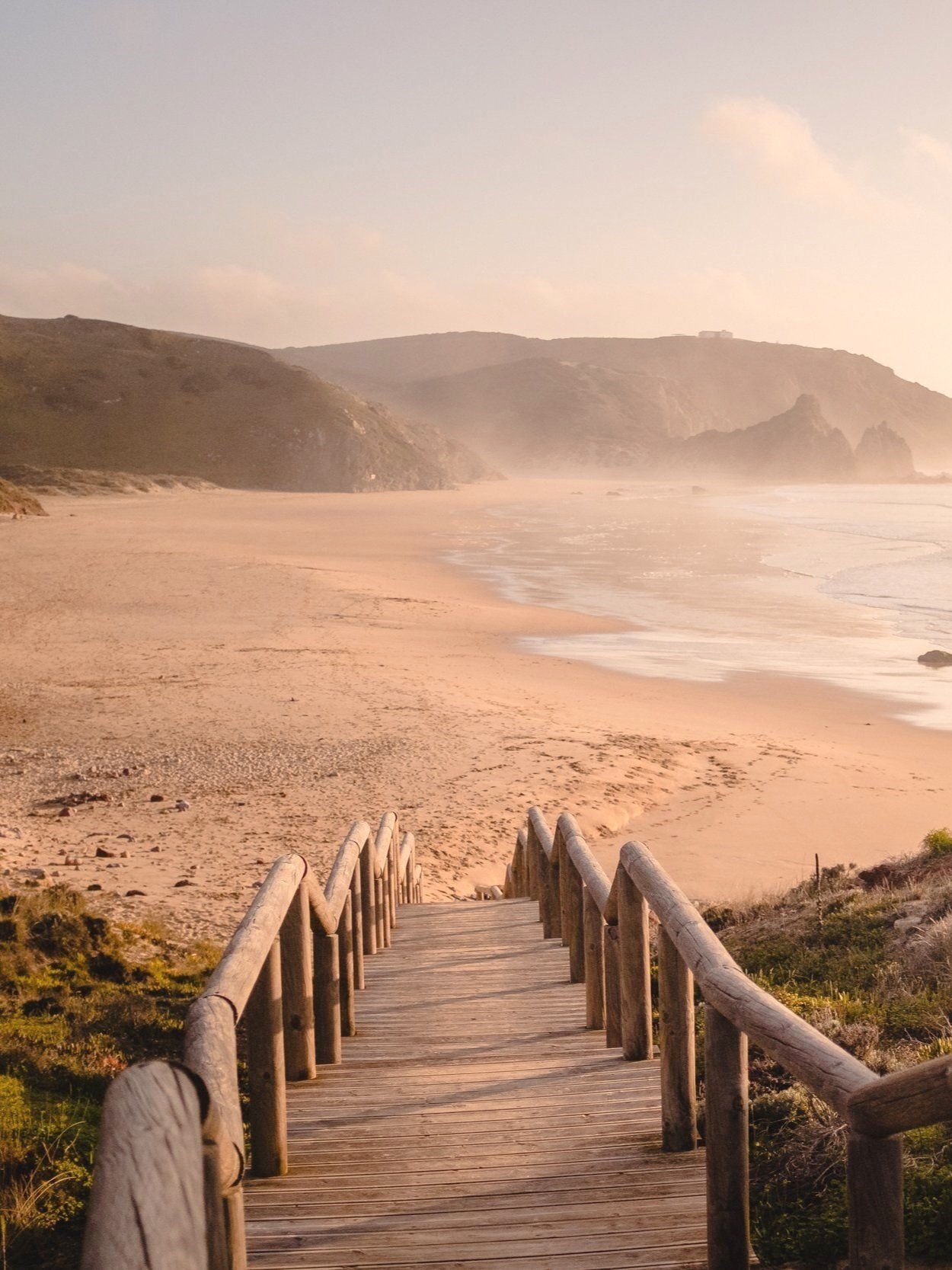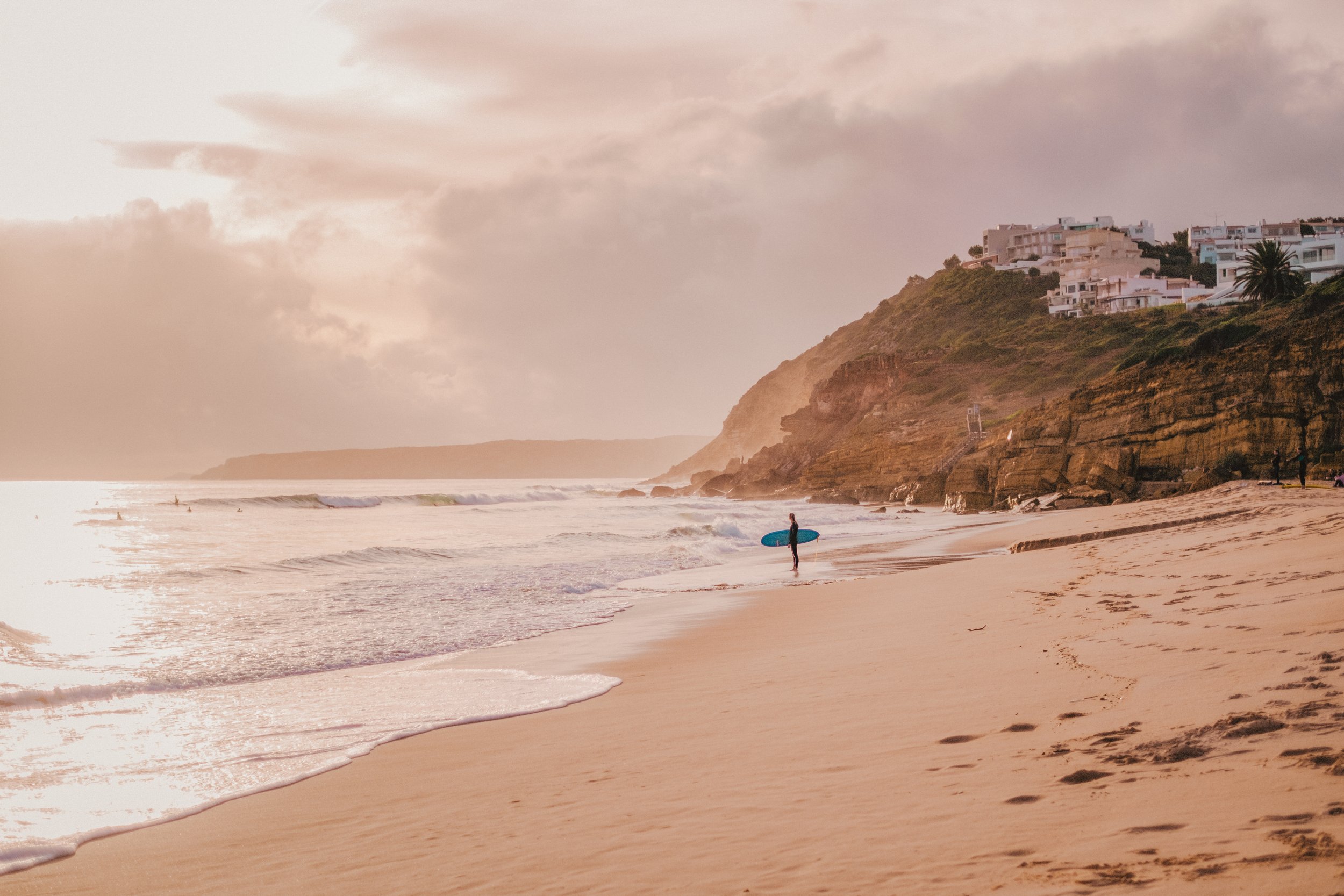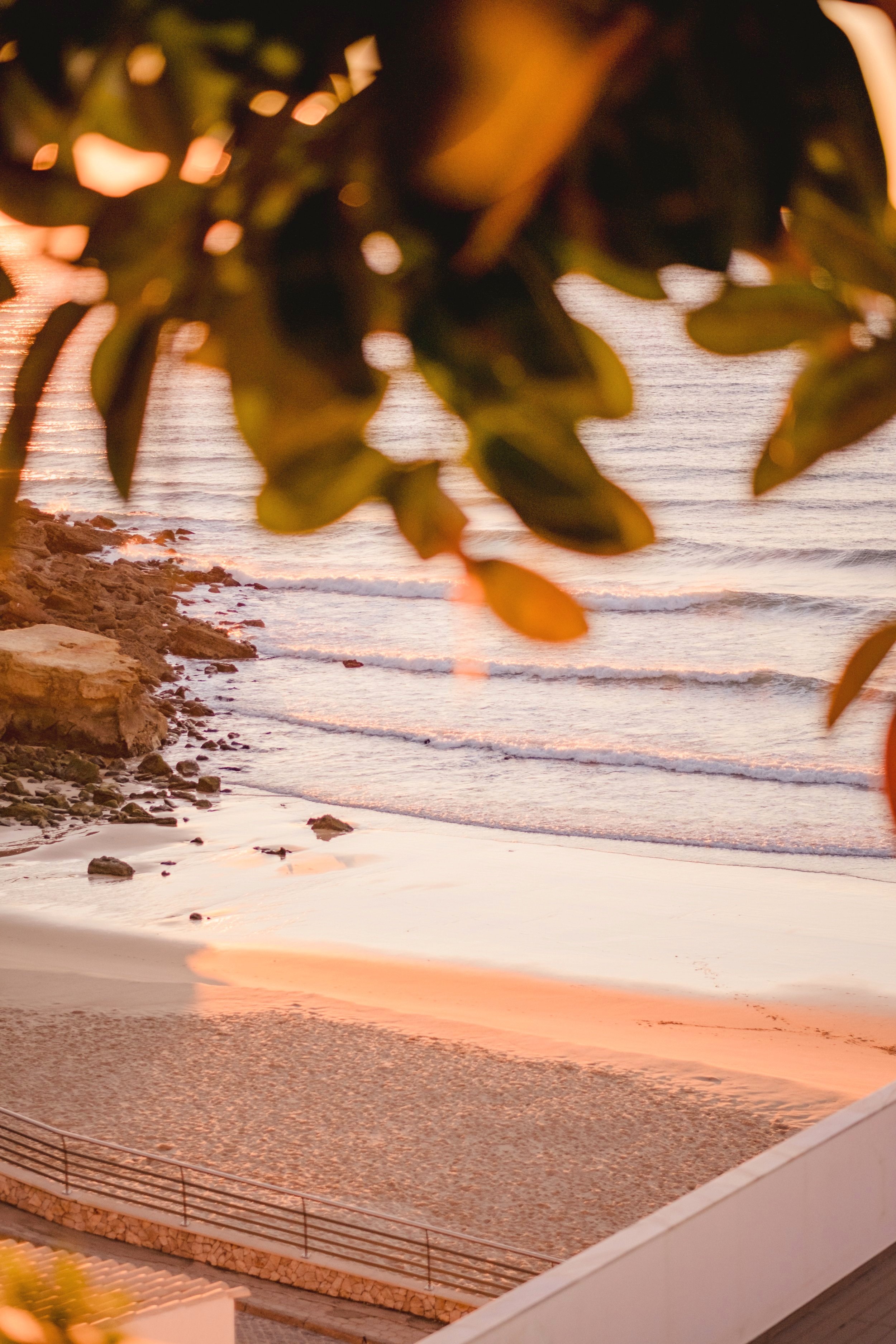5 Composition Techniques That Will Improve Your Photography
sharing some of my favourite composition techniques I use in my travel and landscape photography
*This post is an excerpt from my "Photography Guide” ebook
Composition refers to the way the main elements of a photo are positioned to create a pleasing visual experience. A good composition will help to draw your viewer’s eye to a particular part of the photo and help to tell a story.
I often incorporate a few basic compositional techniques when taking photos. They are simple, and once you understand them, they become instinctive.
"Photography is the simplest thing in the world, but it is incredibly complicated to make it really work." — Martin Parr
The Rule of Thirds
The Rule of Thirds is one of the most foundational composition techniques. It is straightforward, and it dramatically improves the composition of a photo when used in the right way.
Divide the frame into nine equal rectangles, three across and three down (example below). Many cameras have this option as well as mobile phones, so make sure to turn on this feature. The idea is that you place the essential elements of the photo on one or more of the intersecting lines. Our instinct is to always place the subject in the middle but often placing it off centre creates a more interesting composition. Although central positioning, when used well and intentionally, can be super cool too (think Wes Anderson!).
All photo apps have the option to show the Rule of Thirds grid. I use Lightroom and the Crop Tool (showing the Rule of Thirds grid) is one of the first tools I use when editing photos.
TOP TIP - If you are going to place your subject off centre, make sure they look in towards the middle of the photo.
Leading Lines
Leading lines is a technique in which you use leading lines to draw the eye to the subject of the photograph. For example, think of a path in a forest leading to a forest house. The house is the focal point, and the path is the leading line to our subject. The main goal in utilising compositional techniques is that the photographer intentionally uses elements to lead the viewer's eye to the main subject.
Leading lines is a technique I often use when the light is not perfect and there is no particular colour I want to focus on. However, that doesn't mean it shouldn't be a primary technique, or you shouldn't combine it with excellent light conditions and colour combinations - that would be even better!
So next time you're out (taking photos or not), practice your eye in noticing the leading lines around you. Ask yourself: "Where is my attention being directed?". The leading line should always point to our subject (a person, house, sunset etc.), not out of the frame.
Framing
I love the framing technique! It can be done almost everywhere. Like leading lines, framing helps keep the viewer’s eye focused on the subject. Anything from door frames, windows and tree branches can create a very aesthetically pleasing effect. One main benefit of framing is adding context to a photo. So it is an incredibly essential technique in storytelling. This extra element will often intrigue the viewer and evoke emotions that help the viewer connect to your image more.
Layers
Layers help to add depth to your photo and are a great way to make your picture more interesting. These layers are created by elements in your photo that are different distances from the camera, divided into the foreground, midground and background.
To achieve this technique is better to use a camera since the low aperture camera lens offers better depth than a phone lens. In general, phones capture photos much more flatly unless you position your subject close to the phone and the background far in the distance.
Another tip for using a camera is to use a telephoto lens (50–200mm or similar). The longer the focal point, the greater the depth of field. But again, don't forget, for best results, the subject needs to be further away from the background, not right in front.
Filling in the frame
Filling in the frame technique is the opposite of negative space. It means simply “getting closer” to your subject or framing so that it occupies a large amount of space in a photograph. Close up of flowers, details of the sand, close-up facial expressions, patterns found in nature and many more.
Learning and getting comfortable with compositional techniques takes a while, so start one at a time. The rule of thirds is the easiest one, to begin with, so why not stick to it and practice it for the whole month, then move on to the next one?
Focusing on learning one compositional technique at a time will not only help you understand it but will spark your creativity too. When you are limited with one element (in this instance, it's the compositional technique), it helps to think out of the box with your choice of scene, angles and subjects.
If you would like to discover more compositional techniques that I regularly use in my own work, alongside many other photography tips, check out the newly released “Photography Guide” ebook where I’ve put together all the best information I’ve learned throughout the years of practice that I wish someone thought me at the beginning of my photography journey.
Good luck and happy practice!
